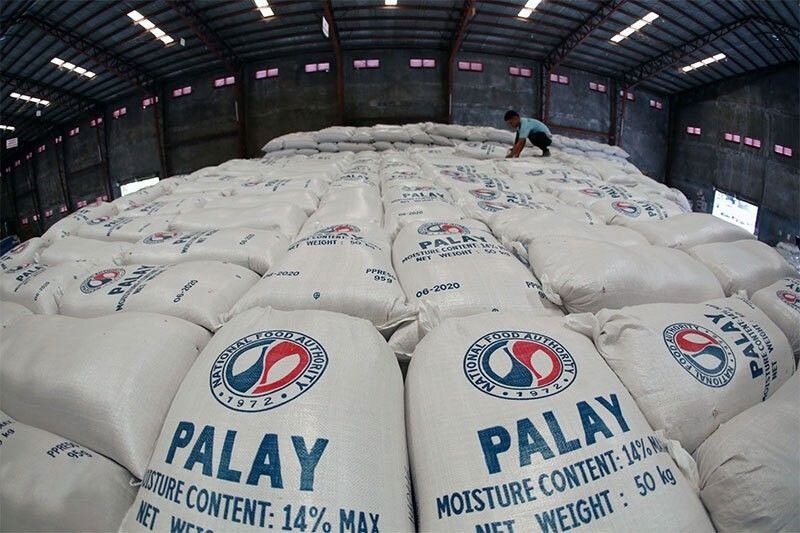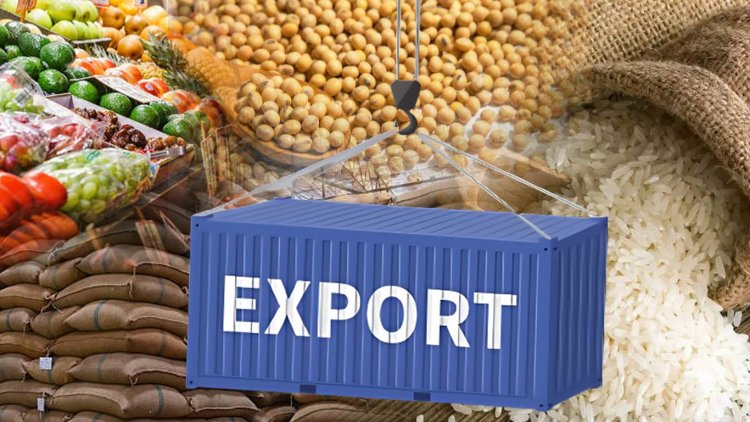Tags
Rice tariff collections seen falling to P8.1 billion
Louise Maureen Simeon

Workers arrange sacks of National Food Authority (NFA) palay or unmilled rice inside their warehouse in Balagtas, Bulacan on May 22, 2024.
MANILA, Philippines — The Department of Finance (DOF) expects to generate P8.1 billion in rice tariff collections in the second semester, less than half of the projected revenues following the tariff cut on the commodity.
During the House Committee on Appropriations briefing with the Cabinet-level Development Budget Coordination Committee for the P6.352-trillion National Expenditure Program yesterday, Finance Secretary Ralph Recto said the government would still be able to collect P8.1 billion in rice tariffs in July to December.
Such collection is based on the reduced tariff rate of 15 percent following President Marcos’ Executive Order 62 which took effect last month.
The second semester collection is 53 percent below the initial projection of P17.3 billion for the period.
This means that about P9.2 billion in rice tariffs have been reduced after the rate was cut to 15 percent from 35 percent.
For 2024, total collections could reach up to P31.1 billion, four percent higher than the P29.9 billion collected last year.
In 2023, tariff collections from 3.6 million metric tons of rice reached about P30 billion, way above the mandated P10 billion supposed to fund farm mechanization, seed development, propagation and promotion, credit assistance and extension services.
For the coming years, however, rice tariff collections could be lower if EO 62 will be extended.
By 2025, collections could decline to P20.3 billion but will slightly pick up to P25.5 billion by 2026.
As prices remain high at about P50 to P55 per kilogram for well-milled rice, National Economic and Development Authority Secretary Arsenio Balisacan said the reduction should not be expected overnight.
“It takes a while from the time you order to the actual arrival of imports to the distribution. It doesn’t happen overnight,” Balisacan said.
The Philippine Statistics Authority has said the tariff cut could bring down rice prices by P6 to P7 per kilo and significantly impact rice inflation and the overall headline rate.
The DOF likewise said that the reduced tariff can ease inflation by up to 1.8 percentage points.
https://www.philstar.com/business/2024/08/06/2375660/rice-tariff-collections-seen-falling-p81-billionPublished Date: August 6, 2024







